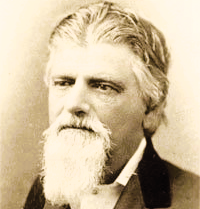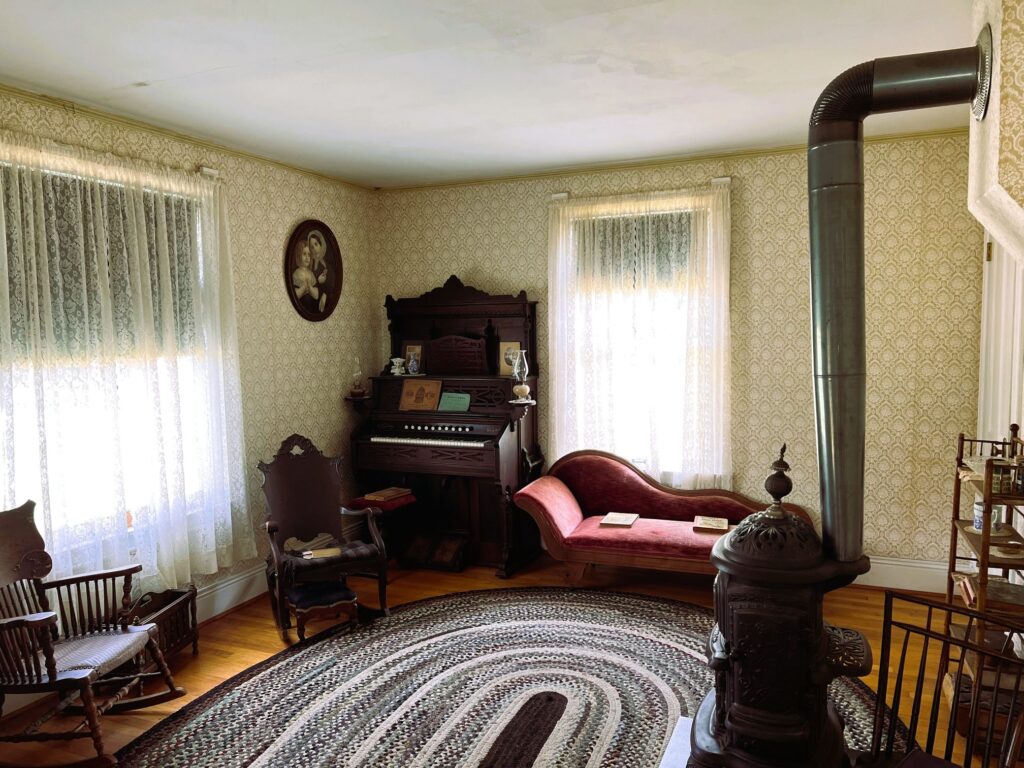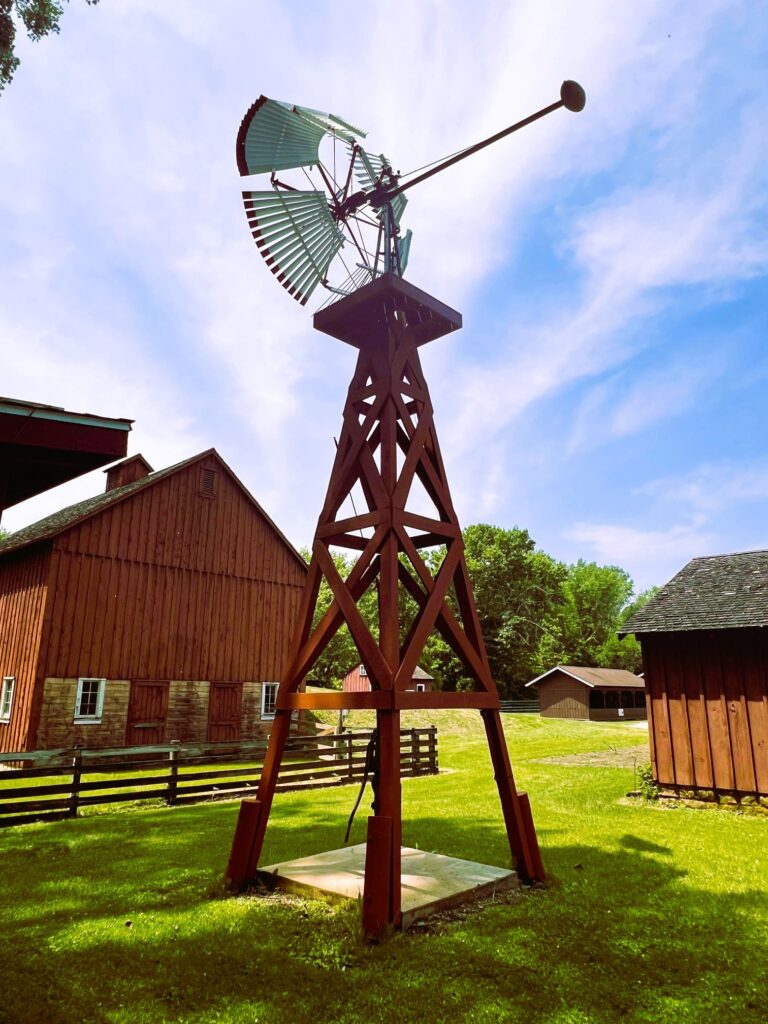Back Home by Chris Hardie

Who we are today is because of those who came before us.
That’s the story of history and it’s on full display at Stonefield Village near Cassville. I recently took my third visit to the Wisconsin State Historical Society location, which tells an important part of our heritage.
Stonefield was once a 2,000 acre estate owned by Nelson Dewey, the first governor of Wisconsin. It was where he built a three-story Gothic-revival mansion called Stonefield on a hill overlooking the Mississippi River along with farm estate buildings that was, as the Wisconsin State Historical Society says: “The showplace of Wisconsin with its beautiful green lawns, gardens and orchards, stables and other buildings, and miles of stone fences.
“The estate housing the home of Wisconsin’s first governor had a short life, but the site has grown into an important destination for anyone yearning to learn more about Wisconsin’s agricultural history and rural farm life.”

Today the former farm is the location of the State Agricultural Museum, an early 1900s farmhouse and a recreated village. Next door is Nelson Dewey State Park, a 756-acre camping and recreational site.
The museum was built on the foundations of Dewey’s original sheep barn and opened in 1971, housing Wisconsin’s largest collection of farm tools, models and machinery. The displays tell the story of Wisconsin’s farming past. Many pieces of farm equipment which tell how mechanization changed the farming landscape are on display in smaller buildings or in the museum, which claims to house America’s oldest surviving tractor, an 1899 McCormick Auto-Mower.
The tractor was a one-cylinder prototype on a cast-iron frame with a live power-takeoff and a fully reversing transmission. While I didn’t operate this beast as a lad, we did have a few hay rakes that were converted from horse-drawn that I did use.

A Ford 960 row-crop tractor also caught my eye – it’s the first time I’ve seen a narrow-front Ford from that era. The tractor replaced the popular N-series that I grew up with and was produced from 1954 to 1957. It was also available with a wide front end.
Dewey was born in Connecticut and came to Cassville in 1836 with a goal of being a lawyer. He took a job as a clerk with Daniels and Denniston and became involved in local politics and earned his law degree.
Wisconsin was granted statehood in 1848 and Dewey – a Democrat – was elected as a compromise candidate. He served two terms and married Catherine Dunn, who was the daughter of the first chief justice of the territory.
Dewey turned his attention to Cassville, buying up the village after his former employers Daniels and Denniston failed with their development plans. Dewey bought the village under foreclosure and repaired the Denniston House, a hotel built by the former firm.
Dewey’s mansion at Stonefield was completed in 1868 at a cost of $70,000 – the equivalent of more than $1.6 million today. He also spent another $30,000 –$719,000 in today’s dollars – on 11 miles of stone fence. The mansion was called the finest home in the state by some.

But tragedy struck in 1873 when a chimney fire spread to the rest of the home, leaving only the foundation and brick walls standing. Dewey – who had separated from his wife – was underinsured and lost money in his investments. He died a pauper in 1889 in Denniston House, which was razed in 2024 after falling into ruin for many years.
Walter Cass Newberry of Chicago bought some of the former Stonefield estate and in the 1890s rebuilt the house on the former ruins. The house eliminated the third floor and the Gothic styling, but is still an important historic site.
Through efforts of Cassville and Grant County, the state of Wisconsin in 1936 purchased the house and nearby buildings, along with 800 acres of Dewey’s original estate and dedicated it as a state park.
The Stonefield State Farm Museum opened in a former barn on the estate – which serves as the gift shop and museum headquarters today – and the reconstructed village with more than 40 buildings was opened in 1961. In 1971 the larger museum opened.
Also on the tour is a reconstructed 1901 farmhouse that was built to specifications from a model that could be ordered in Sears & Roebuck Catalog. Next to the farmhouse is the newly repaired Monitor Windmill, which was damaged in a 2022 wind storm and was repaired and reinstalled last year. Monitor Windmills were sold by the Baker Manufacturing Co. of Evansville, WI and were named for the Civil War ironclad ship.

There are many stories in the blacksmith, millinery, creamery, tavern, general store, schoolhouse, church, creamery and many other buildings housed with period collections from the 1800s or early 1900s. Of course there is a newspaper office – I felt right at home when I walked in.
I have enjoyed all of our visits to Stonefield. It is a story of success, tragedy and failure, told through its buildings, the trades and through its founder.
It is the story of agriculture and the story of life.
Chris Hardie spent more than 30 years as a reporter, editor



